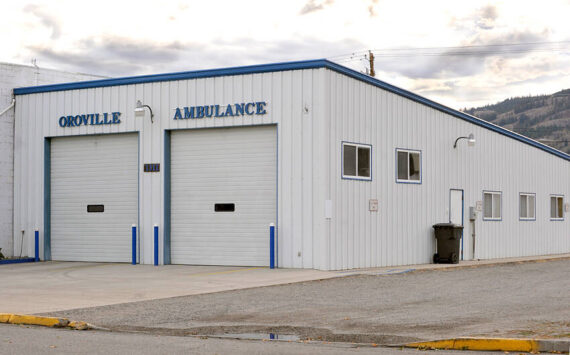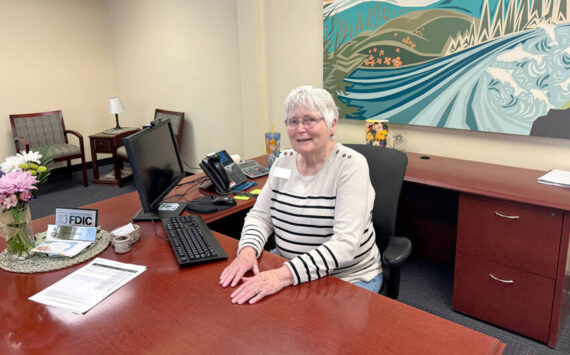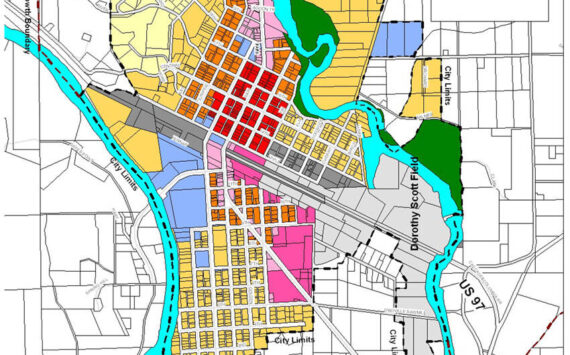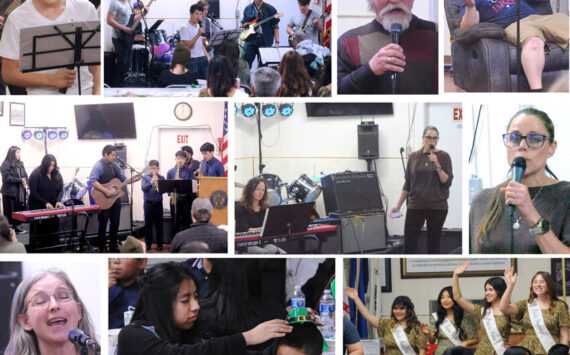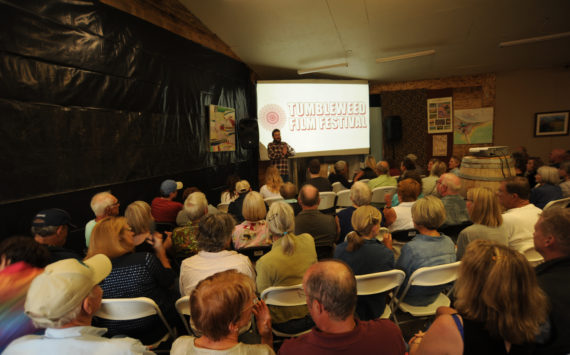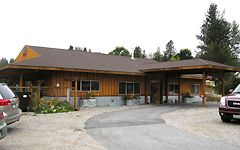
Jamie’s Place, Adult Family Home in Winthrop.Photo by Gary DeVon
Non-traditional ‘AssistedLiving’ makes more sense for Oroville
Members of the Oroville Housing Authority traveled toWinthrop recently to check out what has been done to bring elder care to theMethow Valley without breaking the bank.
While in the past the Oroville Housing Authority pursuedfunding to build a 32-unit Assisted Living facility on their property neartheir Ag Worker Housing off Sawtell Road, so far they’ve been unsuccessful. Thestate said their goal was too large, they should reduce the number of units.However, reducing the number didn’t make economic sense and would be undoable.So recently the group has been looking at alternatives to the big, multi-unitfacility and is looking at something on a much smaller scale that can be moreeasily financed.
In Winthrop, the Community Food Bank, as a non-profitcorporation, followed the Greenhouse Project® model and built a six-unit AdultFamily Home that has many advantages over the big facilities the Orovilleorganization has been pursuing. Since then they have built a second six-unithome and Resident Manager Sheila Brandenburg, RN said they are following upwith a third in the near future.
Those of us on the Oroville Housing Authority were veryimpressed by the homey feeling we got when we visited with the residents atJamie’s Place and the other Elder Care Home. First of all, when entering yousee a large common living area, dining area and kitchen. Residents areencouraged to plan their own menus and help with the cooking if they’d like. Inone of the homes there was a separate television viewing area with a large flatpanel television. In the other the flat panel was front and center in theliving area because everyone was a big fan of Mariner baseball. Instead of aseparate TV room there was a beauty parlor set up where the residents couldhave their hair done if they were so inclined. Outside there were large gardenswhere residents could help take care of plants, even bring plants from theirformer homes when they moved in.
Rather than a nurse on duty, there is a helper that cooks,cleans and does laundry. A nurse is always on call though. Unlike many of thelarger Assisted Living facilities residents do not have microwaves andrefrigerators in their rooms. Residents are encouraged to socialize and friendsand family are welcome and encouraged to volunteer if they’d like.
Rather than costing a million or more dollars, thesehomes can be built for around $300,000 each and can be built like the Winthropgroup did, one at a time. Financing would be much simpler to arrange and themonthly payments are said to be very low, especially compared to trying to doit all at once. Another advantage is the Oroville Housing Authority alreadyowns property on which these types of homes can be built. Other savings comesin the fact that those hired to work there are non-union and the prevailingwages required in a bigger facility would not apply as these are considered thesame as an elder care home like you see being operated by private individuals.
To make it work the Winthrop group decided that five of sixof their residents would be private pay. However, that doesn’t mean that if aresident’s private care runs out they are asked to move. The homes are set upso you can stay as long as you are able even when your financial situationchanges.
The Assisted Living facility in Tonasket is very nice, butthe Oroville Housing Authority has listened to those in the local Orovillecommunity who would like a place in Oroville. While a large Assisted Livingseems to be out of our reach, something similar to what they’ve done inWinthrop makes economic sense and has a better chance of becoming a reality.The Oroville Housing Authority is a non-profit organization and already has theland – building several Adult Family Homes as we can gets my vote.
 
